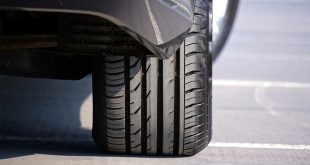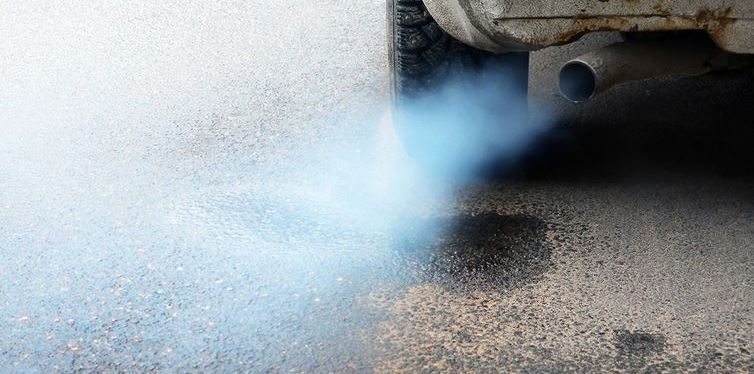Imagine driving down the road and all of a sudden the check engine light goes on. This means something is wrong, but the vehicle seems to be running fine. Before taking your vehicle to the repair shop, you need to understand that your car’s computer is trying to tell you something needs to be checked out. This is when a diagnostic test with a scan tool is needed. If the scanning tool detects a fault, it triggers a DTC-which is a Diagnostic Trouble Code.
A Diagnostic Trouble Code is an alphanumeric value that corresponds to a particular problem with your car. The codes are further divided into two major groups: Generic or global (0 as second digit) and enhanced or manufacturer specific (1 as second digit). Common trouble codes that shows up in many cars are:
OXYGEN SENSOR-CODES P0171 TO P0175

One of the most common car problems involves a faulty oxygen sensor. A vehicle’s oxygen sensor monitors the amount of oxygen in the exhaust so the engine computer can adjust the fuel mixture to maximize fuel economy and minimize emissions. If your oxygen sensor isn’t working properly, your gas mileage will increase or in some cases your car will randomly stall.
ENGINE MISFIRE-CODES P0300 TO P0305

Mechanics work on engine misfires on a daily basis. If your engine is misfiring it means that one or more of the cylinders isn’t working properly. If your car is vibrating or shaking while idling and your car isn’t as fuel efficient as it should be, then you might have an engine misfire problem. The OBD-II system tracks engine misfires by monitoring the speed of the crankshaft when the engine is running. The OBD-II system logs a misfire when it detects a slight loss of speed in the crankshaft.
EVAPORATIVE SYSTEM-CODES P0411, P0440, P0442, P0446, P0455

The evaporation system (EVAP) is responsible for containing and removing vapors that are produced when fuel is burned. A loose gas cap allowing fuel vapors to escape from the fuel tank can often be the reason for setting off this trouble code. EVAP includes vent hoses, a charcoal canister, a purge valve and a pressure or vacuum sensor.
EXHAUST GAS RECIRCULATION EGR-P0401

The exhaust gas recirculation, commonly known as EGR, controls the engine’s emission of smog-causing nitrous oxides (NOx). EGR recirculates part of an engine’s exhaust gas back to the engine cylinders. The car’s computer system opens and closes valves to recirculate the engine’s exhaust gas. Problems occur if the oil hasn’t been changed in a while or the car takes many short trips because the car isn’t allowed enough time to warm up, causing carbon buildup.
CATALYTIC CONVERTER-P0420, P0430
The downstream oxygen sensor monitors the catalytic converter. The catalytic converter is “an emissions control device that converts toxic gases and pollutants in exhaust gas to less toxic pollutants by catalyzing a redox reaction (an oxidation and a reduction reaction).” The converter can become contaminated and increase tailpipe emissions if the engine is burning oil or leaking coolant internally or is worn out from age.
Next time the engine light turns on you should feel confident knowing that it is likely one of these emissions control codes. Contact us to run a scan on your car if a light comes on in your dashboard by following this link: Get my car checked please and fill out the appointment form, a technician will contact you within 24 hours.
 Spot Dem Everything About Cars
Spot Dem Everything About Cars




